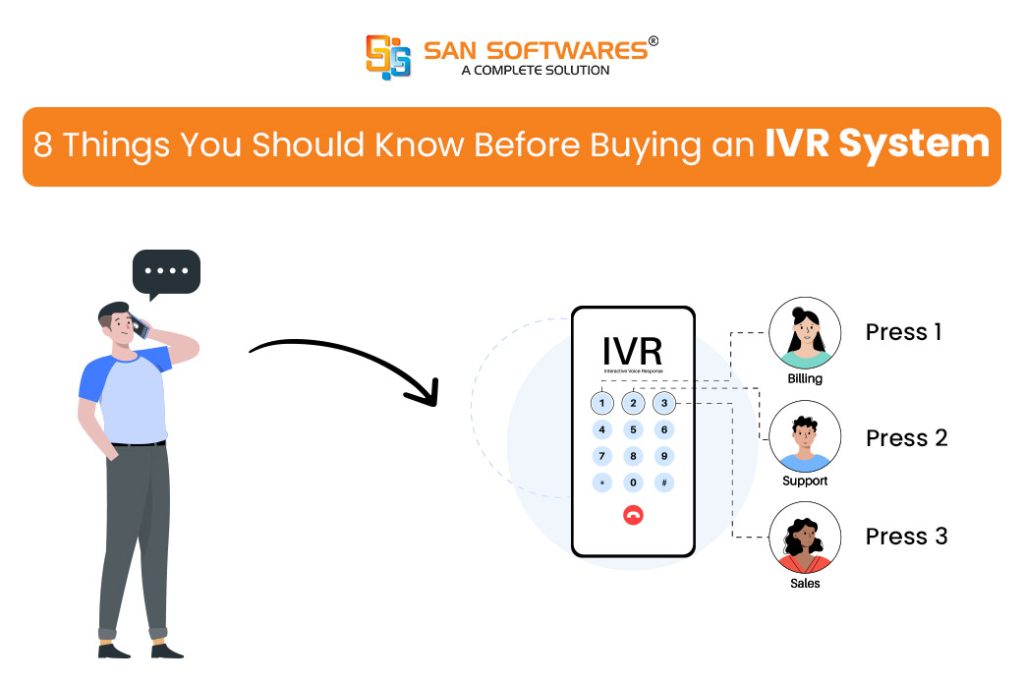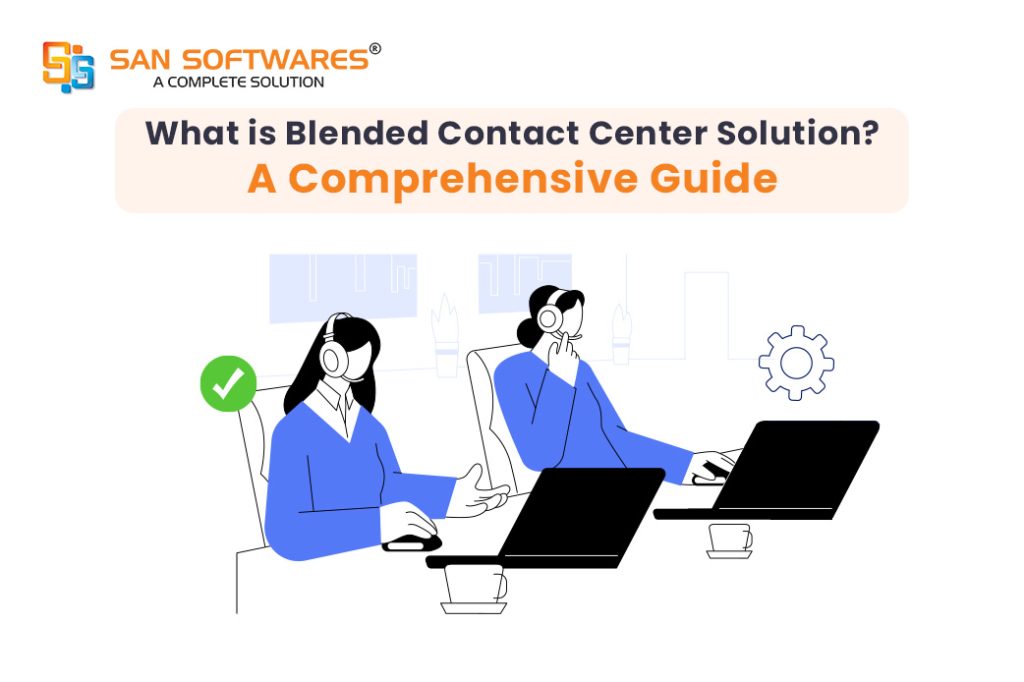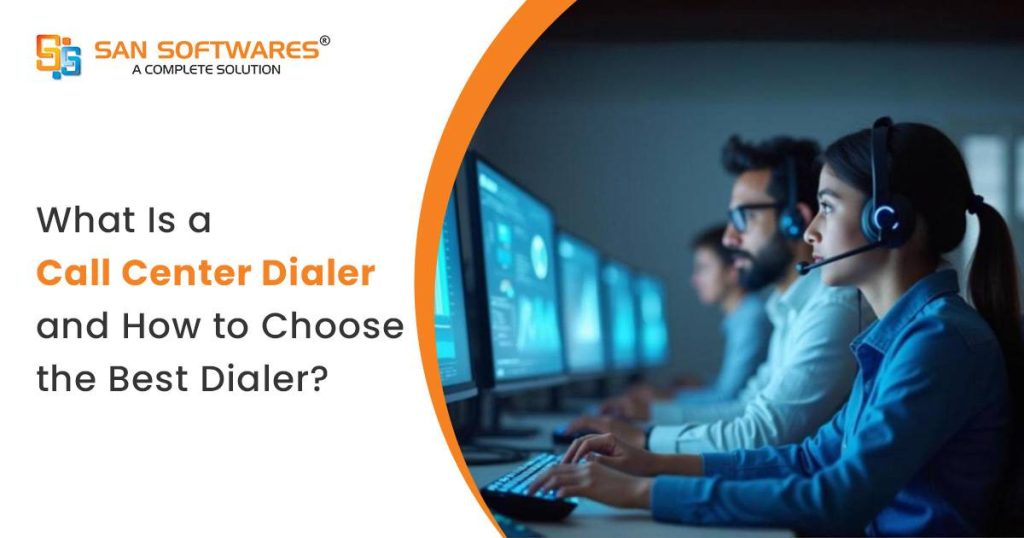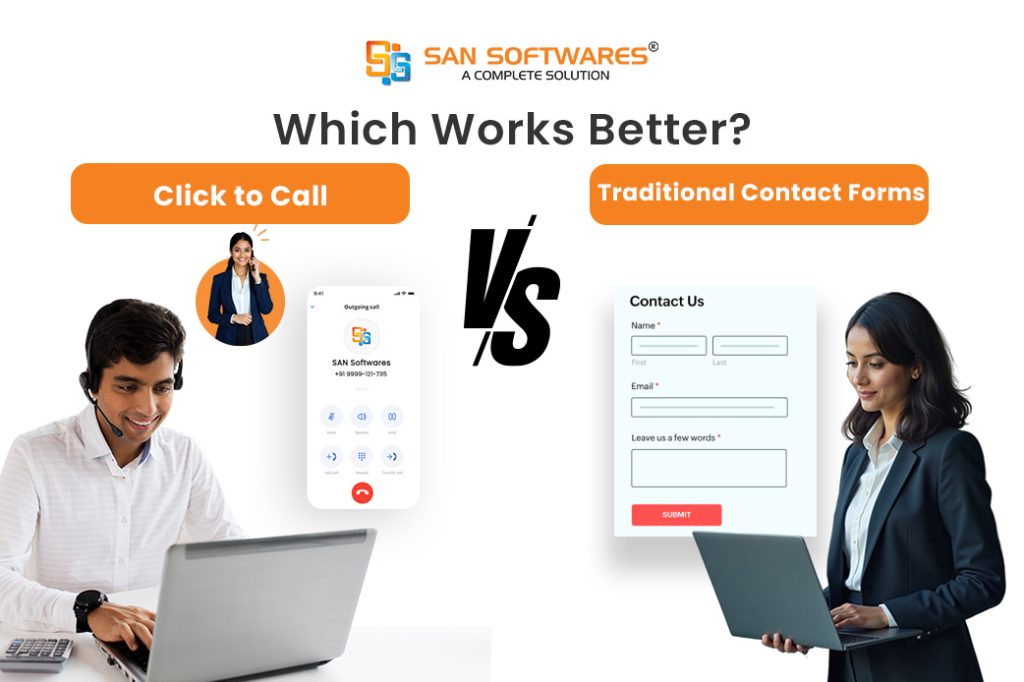
There are many IVR System for Small Business India, and they have various features; some are very useful, and some are less useful; well, it depends on business to business. Some businesses need a plethora of features, and some need only basic features. Individuals or businesses just have to look for the features before implementing an IVR system in their business. Below we have added some of the most useful features businesses use frequently.
Businesses rely on a variety of features to streamline operations, enhance customer experiences, and drive growth. Below are some of the most commonly used and highly valued functionalities that help businesses stay efficient, competitive, and responsive in today’s fast-paced market.
If your IVR’s goal is to connect callers to the best available adviser as fast as possible, but you see a lot of transfers, it might suggest that your advisors are taking on the IVR system’s role, which is never a good thing. Instead, search for IVR Service and their capabilities that inform callers of their position in the line as well as an approximate wait time.
This will assist them in determining whether a callback is the best option for them. Just keep some other fundamentals in mind when it comes to IVR messaging. These include eliminating duplicate messages, adjusting the voice for different phone queues, and obtaining the proper music-to-message ratio.
By automating regular encounters, more businesses are assisting their consumers in getting on their way faster. This allows advisers to focus on more involved, sophisticated, or high-value engagements. As a best practice, make sure that your clients may easily exit your automated system at any time.
Integrate your CRM data to automatically give advisors with all data acquired in self-service if elevation to live support is required for complete context and tailored attention. Allowing clients to request live support (at any time throughout their engagement) allows you to provide numerous resolution alternatives for a better customer experience.
Conversational AI is growing prominent, thanks to the success and popularity of Apple’s Siri, Google’s Assistance, and Amazon’s Alexa – even inside the contact center business. There’s no need for long, complex phone menus or speech bots that seem odd to communicate with today’s conversational IVR capabilities.
Look for AI features like automatic speech recognition (ASR), text-to-speech (TTS), and natural language understanding (NLU) in your IVR to make it simple for your clients or consumers to obtain the service they need, when they need it, by just expressing what they need.
Recent Advancements in IVR technology enable users to identify and validate clients or consumers before connecting them with an agent. These advances contribute to lower total cost-per-call and improved overall levels of agility, performance, and productivity. Aside from the client’s value for money, the speed of the automated operations reduces call times, wait times, and improves the customer experience.
The prompting feature in the IVR system allows organizations to target their specific customer with a set of recorded messages. The system retrieves and plays a specific prompt based on client data (phone numbers, postcodes, booking references). This enables you to create relevant and personal IVR experiences by employing a consistent voice across all circumstances.
For example, If you are a hotel owner and a guest who makes a booking after three days calls your customer support, the guest is prompted to enter a customer ID or account ID. As guests enter their details, the system could recognize you and get your booking details. And the IVR would prompt the customer, “Is this regarding your room booking?”
Many times self-help service fails to provide the resolution for the customers’ problems. In that case, the system transfers the call to a live agent or triggers an automatic callbacks system in which the agent calls the customer as soon as they become available.
Adding this feature into the IVR system saves your customers time by not letting them wait in the queue while being on hold. This helps businesses to value their client or customers’ time, Callback innovation within IVR software has assisted several firms in improving customer happiness while also lowering abandonment rates and average wait times.
CRM systems provide:
By integrating the CRM and the IVR, call centers may adjust common greets depending on previous encounters.
But that isn’t all. If the CRM has information about a purchase made the day before a call, the IVR greeting may be customized to say something like, “Are you calling about your new product?” and the menu of responses and options can be tailored accordingly.
A successful IVR will contain reporting capabilities that provide insights into customers’ behavioral tendencies at each stage of the journey and provide possibilities for improvement based on the data. A useful example would be to examine dropout rates at various phases of the trip since this may reveal places of friction, such as imprecise language or jargon, that may be addressed.
Whether your goal is call deflection, AHT reduction, or CSAT improvement, analytics provides the data for improving the IVR experience. Many IVR platforms have reporting capabilities for each of your IVR apps. However, it is frequently the granular level of data that might reveal problems you were unaware of.
These were some of the best features that a business should look for when going to buy an IVR system for their business. If you are looking for some of the IVR services and want the best IVR System Cost in India, You can refer to SAN Softwares’ EasyGoIVR, which is the best IVR service provider in India.





SAN Softwares is a company dedicated to providing complete software solutions to Corporate and end-user customers.

SAN Softwares is a company dedicated to providing complete software solutions to Corporate and end-user customers.
